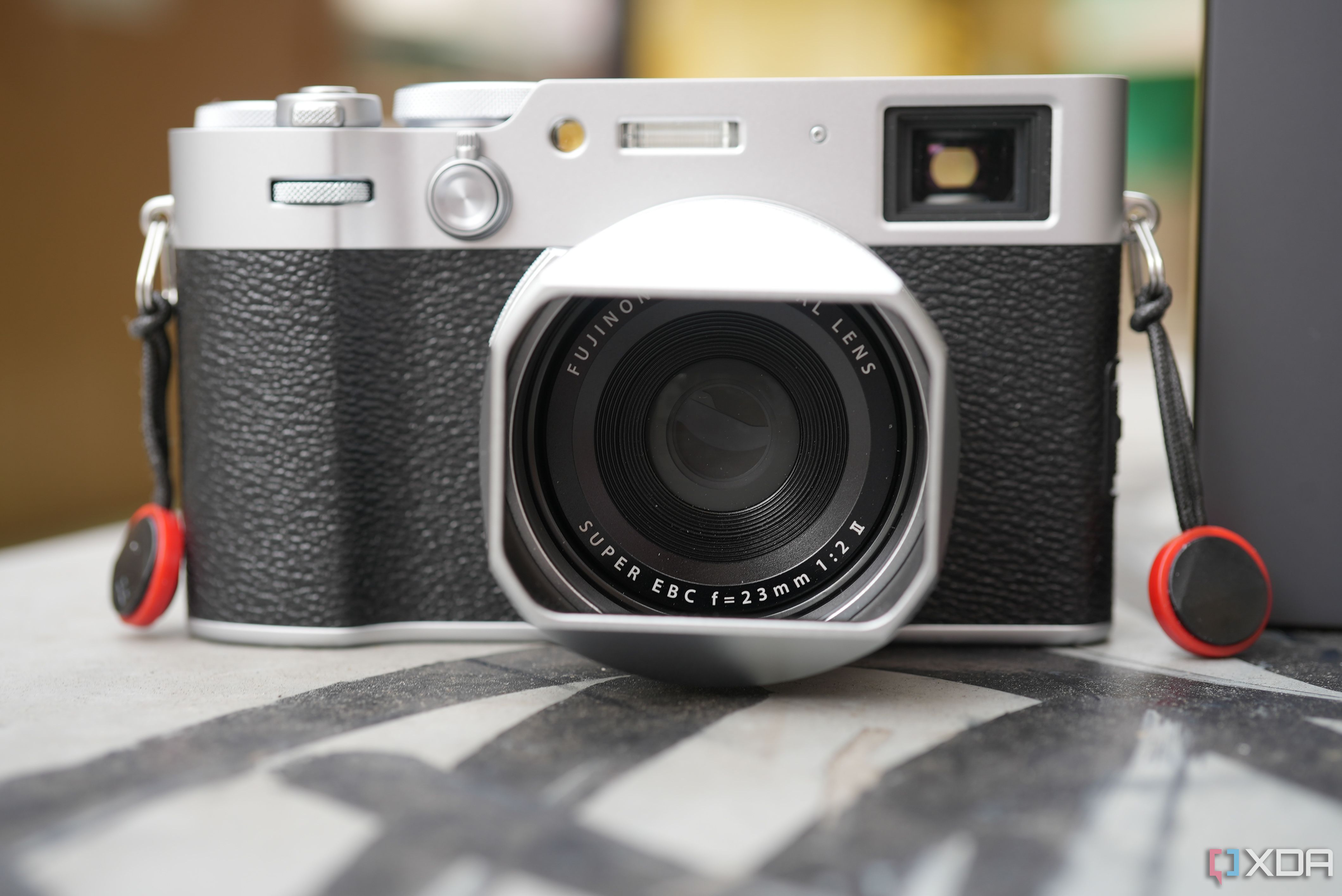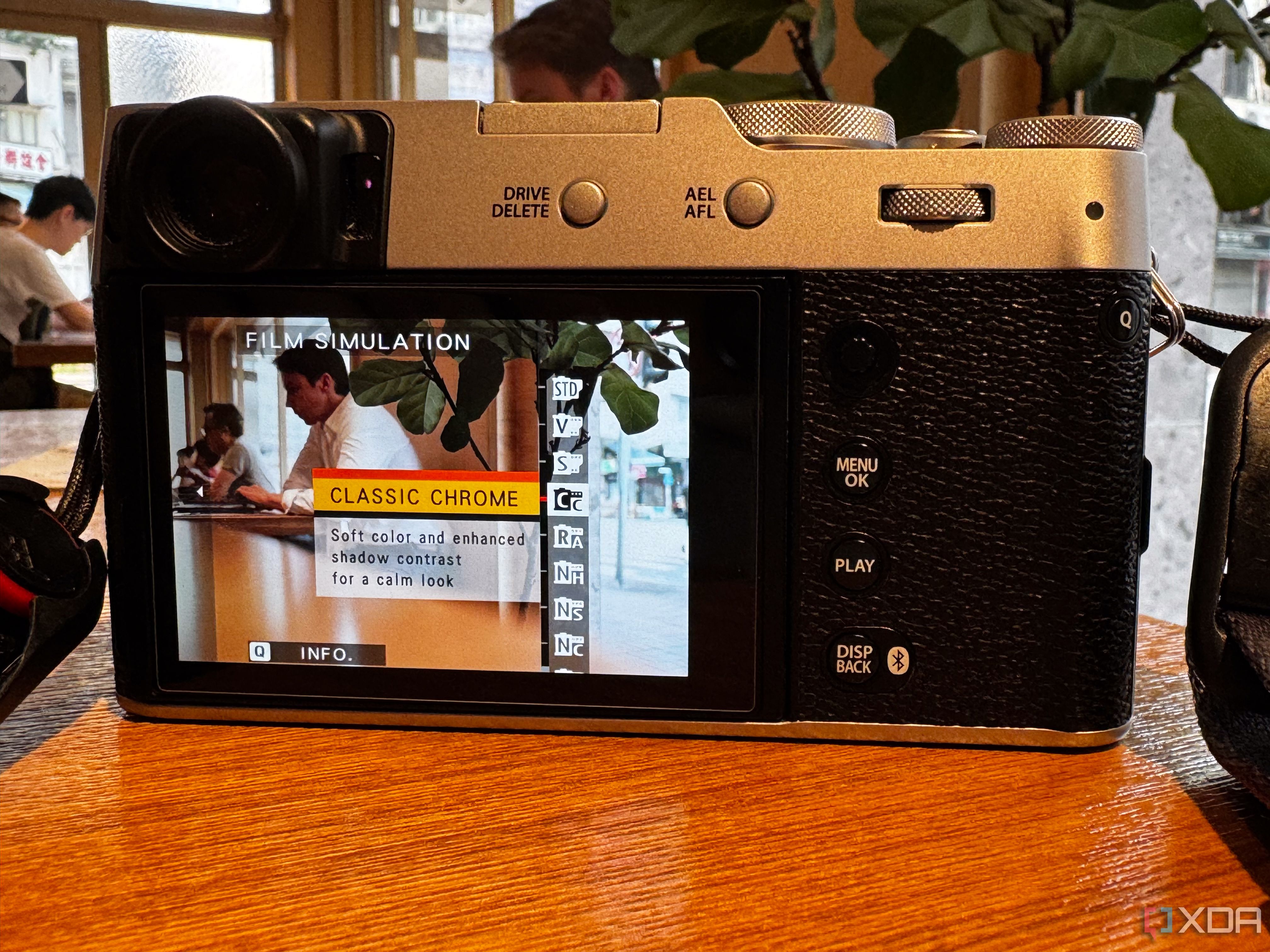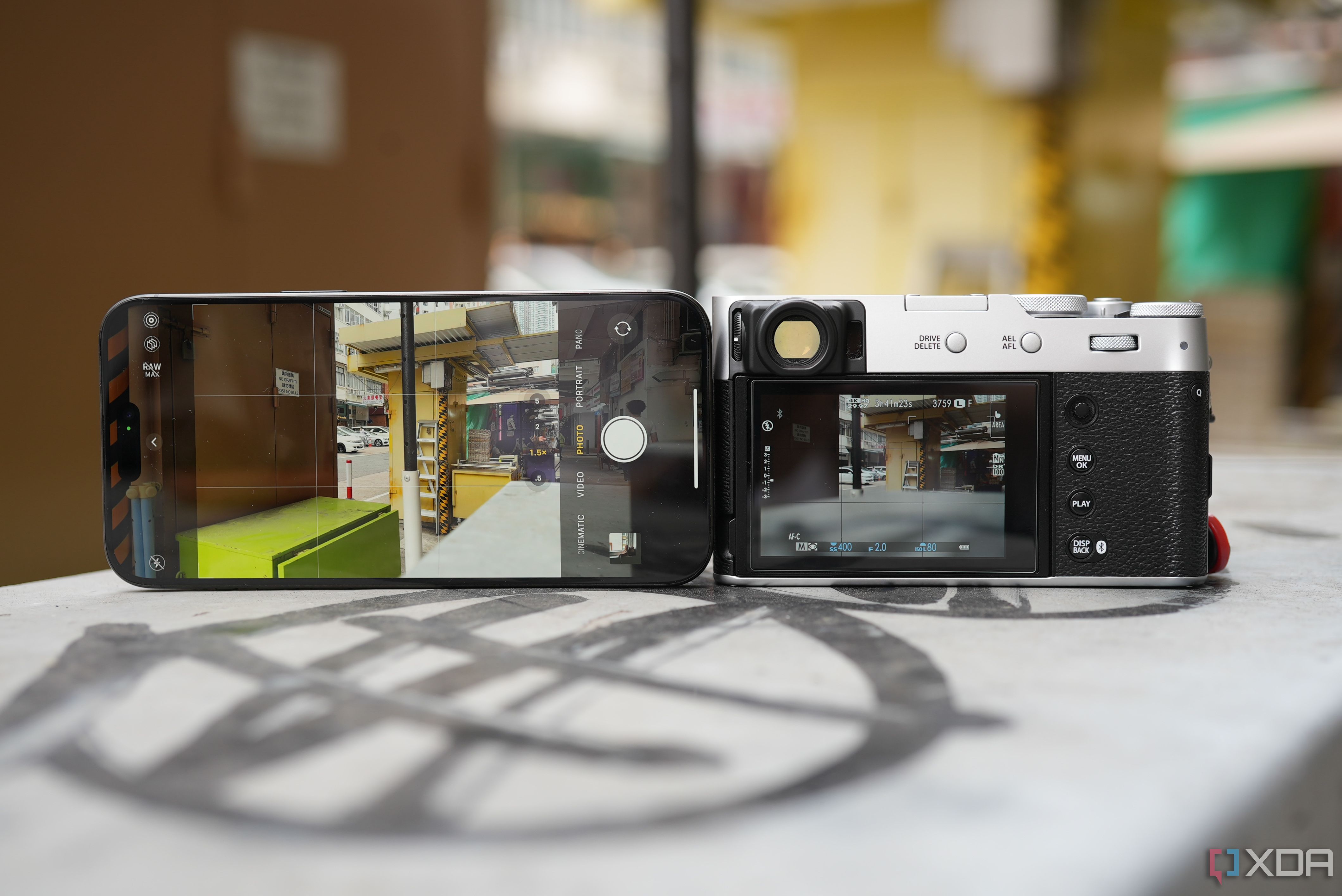Despite all the buzz around AI and AR so far in 2024, a strong case can be made that the most hyped and popular consumer tech product of 2024 so far is a vintage-style classic camera. I’m talking specifically about the Fujifilm X100 VI, a compact fixed-lens camera that is, according to reputable media outlets that cover cameras, “the most pre-ordered camera ever.” Initial stock sold out within minutes, and even now, two months after launch, it’s still virtually impossible to find one at retail price (so you can get one if you’re willing to pay scalpers above market value).
I purchased one in Hong Kong, arguably the scalper/reseller capital of the world (I paid $200 above the $1600 retail price), and have been using it for the past month. While I find the camera a bit overrated and overhyped, it does snap very nice photos with a retro film vibe. But still, I am shocked by how popular this camera is, especially considering that smartphone cameras are so very capable.
And so a thought entered my head: what if I do a camera shootout between the Fujifilm X100 VI and a flagship phone? Now, I don’t actually think the iPhone 15 Pro Max is the best camera phone right now, as that title goes to the Xiaomi 14 Ultra. But for the sake of appealing to a wider English-reading audience, this comparison should be with the most mainstream, most popular phone, and that would be the iPhone.
I need to reiterate that this piece is for fun. I know the Fujifilm X100 VI, as a dedicated camera, is going to snap superior photos to a smartphone, especially if the person holding the camera knows what they are doing. But in point-and-shoot situations, with the photos going on social media to be viewed on a phone screen, is the gap even that big? That’s what I’m trying to determine.
What is the Fujifilm X100 VI?
The Fujifilm X100 VI
I’m going to assume readers know all about the iPhone 15 Pro Max, but the X100 VI may need a primer for some readers, so here it goes:
Fujifilm is a legacy Japanese conglomerate that started business 90 years ago making photography film. A few years later, the company began making optical lenses and, eventually, cameras.
The X100 VI is the sixth version in a line of compact fixed-lens cameras. The first four versions were popular within the niche photography space, but the fifth version blew up in popularity after going viral on TikTok — several TikTokers had raved about the vintage film style images captured by the X100 V. The camera sold out everywhere and was backordered for most of 2023.
Therefore, the X100 VI was much anticipated. The new version brings back the same design and compact build of the X100 V, but upgrades to a 40MP sensor (from 26MP), and adds IBIS (in-body image stabilization) plus a couple more “film simulations” (which are LUTs designed to make digital images appear more analog).
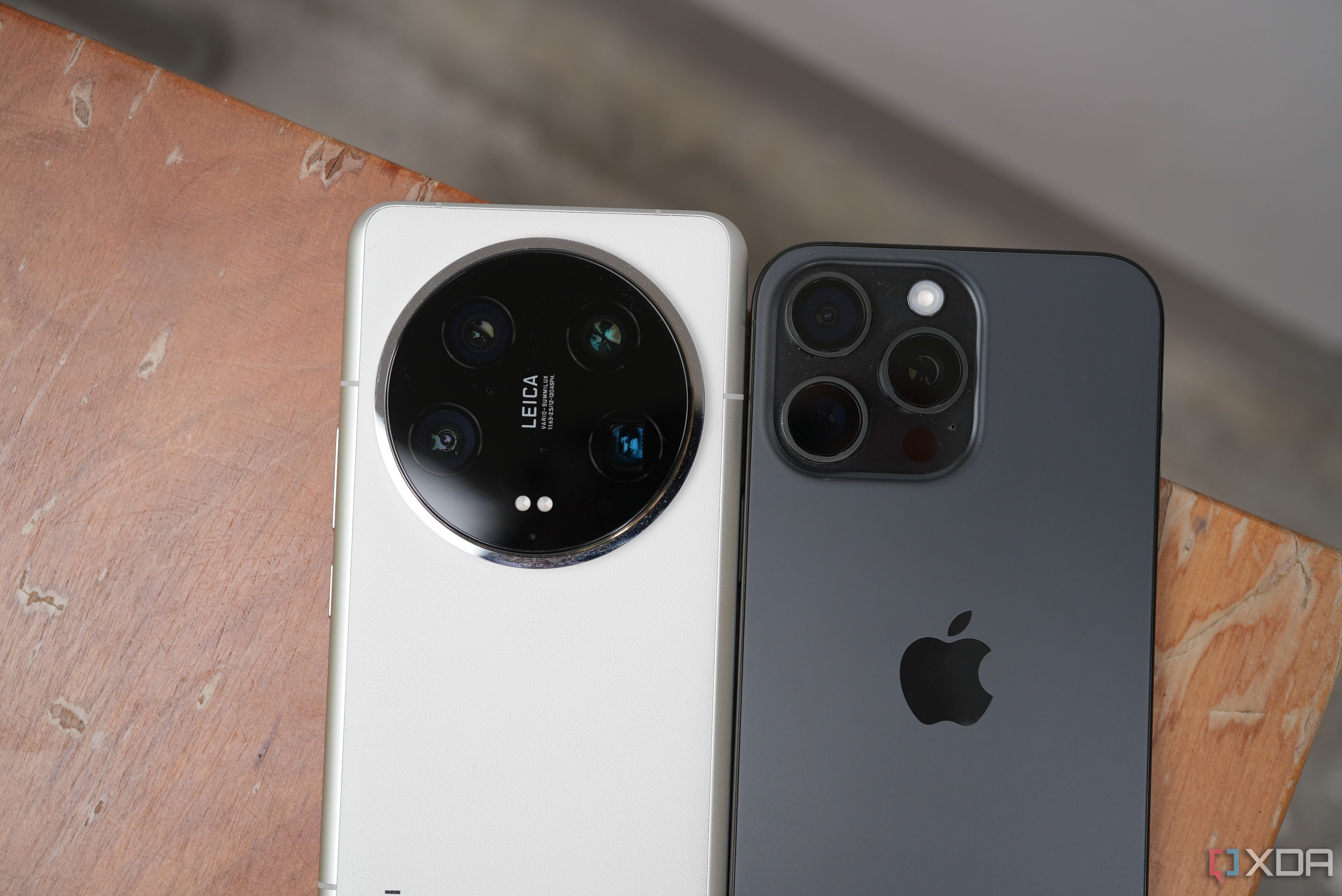
iPhone 15 Pro Max vs Xiaomi 14 Ultra camera shootout: Hardware matters
The iPhone 15 Pro Max has a very capable camera system. How does it fare against a phone made in collaboration with Leica with newer sensors?
How I took the photos
Fujifilm X100 VI wth film simulation
As mentioned at the beginning, I am approaching this comparison as a casual user doing mostly point and shoot. With the X100 VI, I do tweak ISO, shutter speed, and aperture, but I am shooting in JPEG instead of RAW.
The X100 VI has several film simulation modes, and I shot mostly in Pro Neg and Reala Ace. The iPhone 15 Pro Max has four Photographic Styles and I shot mostly in Rich Contrast.
The Fujifilm’s lens shoots around the equivalent of a 35mm lens. The iPhone’s default is 23mm, but Apple gives us the option to quickly swap to 35mm (roughly 1.5X) with two taps of a button, and in fact, even gives us the option to set 35mm as the default focal length every time you open up the camera app (perhaps a tacit admission that 23mm is not ideal). Lining up the two cameras to shoot at 35mm was easy and straightforward.
All photos are shown in this order: Fujifilm on the left, iPhone on the right.
35mm shots
35mm, Fujifilm X100 VI (left), iPhone 15 Pro Max (right)
Obviously, the much larger sensor of the Fujifilm X100 VI’s camera produces significantly stronger bokeh. The background was blurred much more in all the Fuji shots. Not surprisingly, the iPhone’s image exhibits stronger dynamic range when it comes to exposing bright light source and shadowed areas.
In low light situations, the Fujifilm’s images are noticeably more organic looking, without the oversharpened and processed look of iPhone photos; however, it’s very hard to shoot JPEGs with the Fujifilm and find the proper exposure (while not an issue shooting in RAW).
35mm, Fujifilm X100 VI (left); 120mm, iPhone 15 Pro Max (right)
Telephoto shots (70mm vs 120mm)
The Fujifilm X100 VI only has one lens locked to 35mm, but using in-sensor crop it can produce a 70mm shot, though the image output drops to just 10mm. For this comparison, I didn’t try to match the same focal length with the iPhone because it has a dedicated 120mm zoom lens, so I used that.
70mm, Fujifilm X100 VI (left); 120mm, iPhone 15 Pro Max (right)
Since Fuji’s shots are merely crops of the 35mm, the background compression just isn’t the same as the iPhone’s 120mm lens. You can see that in the second set of images, the 7-Eleven logo is closer in the iPhone shot than it is in the X100 VI’s shots. But the X100 VI still produces remarkable details considering these shots are crops of the 40MP full resolution shots.
The iPhone wins everywhere else
As expected, Fujifilm’s images are better in the default 35mm mode, and arguably better in the “zoom” shots too, but the iPhone 15 Pro Max has other camera abilities, like the option to shoot 13mm ultra-wide images, which the Fujifilm flat out cannot do. The iPhone’s video stabilization is also light years ahead of Fujifilm’s, even with the added IBIS. There’s also, of course, the fact that the iPhone can do a million other things.
I guess what I’m trying to say is, yes, the Fujifilm X100 VI is somewhat better at doing the one thing — the only thing — it can do: snap 35mm shots. But the iPhone is basically the most widely used consumer tech product for a reason, and its camera doesn’t disappoint.
But the Fujifilm X100 VI is a much welcomed comeback of sorts for the so-called “real” camera. Increasingly, the smartphone is making the camera redundant though, and the Fujifilm (with the help of some Gen Z TikTokers) are leading a comeback.
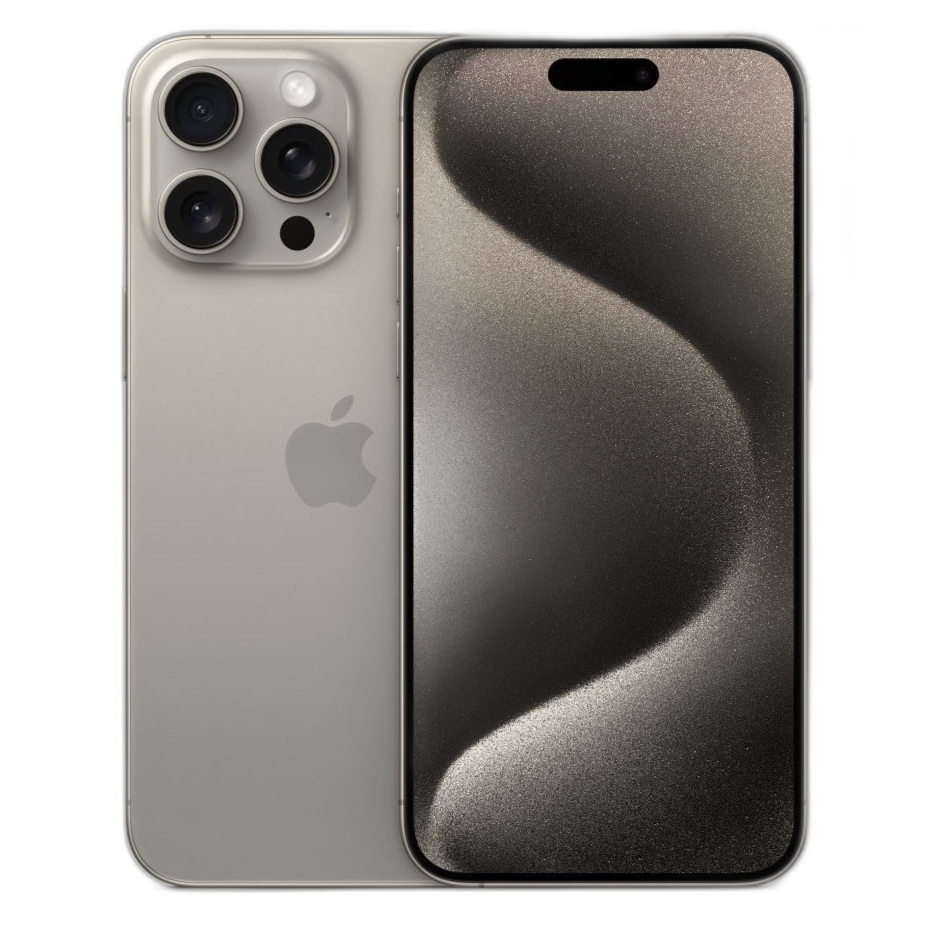
Apple iPhone 15 Pro Max
$1100 $1200 Save $100
The iPhone 15 Pro Max introduces an all-new, customizable Action button, a titanium chassis with round edges, and a USB Type-C port. It exclusively offers up to 5x optical zoom, too, so it’s slightly better than the regular iPhone 15 Pro model.
[ad_2]


